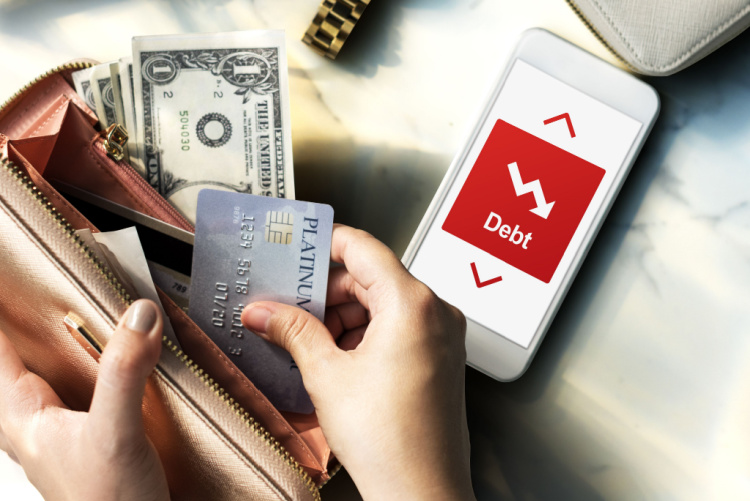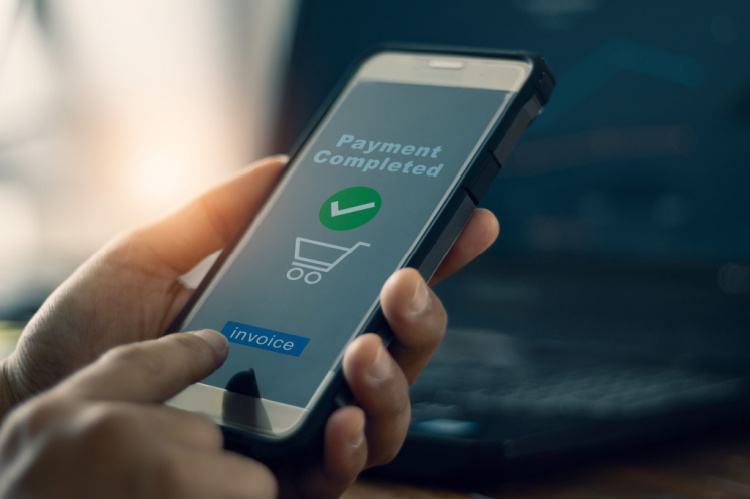How To Tackle Credit Card Debt With Record-High Interest Rates
As inflation rates soar, Americans are using credit cards more frequently to pay their bills.
And it’s beginning to stack up. According to the third quarter report from the New York Fed, credit card balances are up 15% from last year and are increasing at their quickest rate in twenty years.
In a blog post, Fed analysts stated that it may not be surprising that balances are growing given that prices are over 8% higher than they were a year ago.
However, it’s more crucial than ever to manage your debt, as credit card interest rates are at record highs, the federal funds rate is being gradually increased by the central bank, and experts are warning of an impending recession. Here are three alternative methods to assist you in getting out of debt.

Combine Multiple Debts Into One
It can be simple to lose track of what you’ve paid and when if you’re holding a balance on several accounts. Consider a debt consolidation plan if you’re skipping payments rather than allowing interest to build up on your various lines of credit.
Instead of juggling credit cards and loans with numerous due dates and balances, you can concentrate on making a single payment on one sizable loan by taking out a new, lower-interest loan to pay off your various creditors.
Just keep in mind that you’ll usually need a decent credit score (at least 670) to be eligible for an interest rate that is lower than the one you are currently paying.

The Avalance Or Snowball Technique
There are a few fascinating alternatives you can try to handle various debts if consolidating your loans is not the best option.
According to the snowball method, you should start by paying off the account with the lowest balance first. You’ll continue making the minimum payments on all of your other obligations, but prioritize paying off your most manageable debt with any extra money you have. This will enable you to gain momentum before tackling the more difficult debts. But there’s also a chance that you’ll end up with pricey interest from the longer-term, more expensive loans.
The avalanche method is on the other extreme of the spectrum. You begin paying off the loan with the highest interest rate. It will take longer for you to notice considerable progress, but in the long run, this might be more beneficial in terms of saving you money.

Talk Terms With Your Lender
It doesn’t hurt to contact your credit card company and request a better deal if your exorbitant interest rate is keeping you trapped in a cycle of debt.
Together, you could reach a solution. For example, you might agree to have your minimum monthly payment waived or reduced, your interest balance decreased, a forbearance agreement reached, or prior late fees eliminated. Some creditors could even consent to accept a one-time lump sum payment to pay off your entire obligation.
Have your records on hand and be prepared to explain your financial condition. Your issuer is probably more willing to make concessions and cooperate with you than to take the chance that you would stop making payments on the account and default.
Just be certain that you can adhere to the terms of the new plan before accepting it; you don’t want to lose your creditors’ faith or make your debt situation worse.
